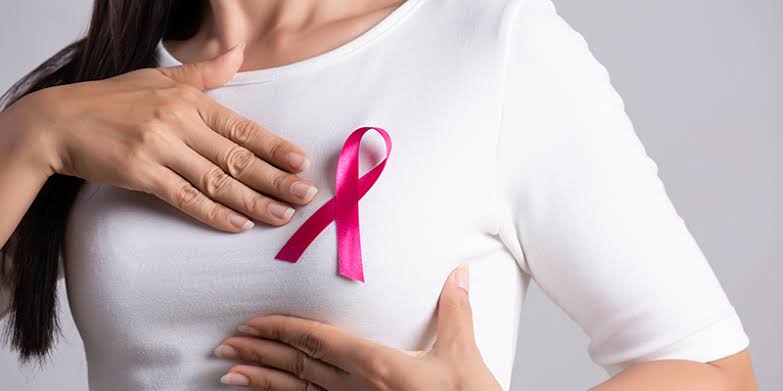10 ways to detect breast cancer early

Breast cancer is a significant health concern worldwide, and early detection plays a pivotal role in improving survival rates and treatment outcomes. Detecting breast cancer at its earliest stages allows for timely intervention and increases the chances of successful treatment.
This article highlights ten essential methods for early detection of breast cancer, providing individuals with valuable knowledge and strategies to prioritize their health.
Breast self-exams (BSE)
Regular self-examinations help women become familiar with their breast tissue, enabling them to detect any changes promptly. Monthly BSEs empower individuals to identify potential abnormalities, such as lumps, skin changes, or nipple discharge, and seek professional advice promptly.
Clinical breast exams (CBE)
Professionally conducted clinical breast exams provide a comprehensive evaluation of the breasts by a healthcare provider. Regular CBEs enable thorough examination, ensuring potential signs of breast cancer are identified early, even if they are not yet palpable.
Mammograms
Mammography is the gold standard for breast cancer detection, particularly in women aged 40 and above. Regular screening mammograms capture images of breast tissue, enabling radiologists to identify potential tumors in their initial stages, often before they are noticeable.
Genetic testing
Individuals with a family history of breast cancer may choose genetic testing to check for the presence of gene mutations, such as BRCA1 and BRCA2. Early identification of genetic mutations can inform appropriate preventive measures and increased surveillance.
Breast ultrasound
Ultrasound imaging enhances the detection of breast abnormalities, especially in younger women with dense breast tissue. It helps differentiate between benign and malignant masses, thereby aiding early diagnosis.
Magnetic resonance imaging (MRI)
MRI may be recommended for individuals with an increased risk of breast cancer or those with genetic mutations. It provides detailed images of breast tissue, enabling radiologists to detect even the smallest tumors at an early stage.
Thermography
Thermographic imaging uses heat patterns to detect changes in breast tissue. Although not widely used as a standalone diagnostic tool, it can complement other screening methods, potentially identifying areas of concern for further evaluation.
Biopsy
When abnormal findings are detected, a biopsy is performed to confirm the presence of cancer. Biopsies can be obtained through various methods, including fine-needle aspiration, core needle biopsy, or surgical biopsy, allowing for accurate diagnosis and staging.
Breast cancer genetic counseling
Genetic counseling helps individuals understand their risk factors and make informed decisions regarding screening and preventive measures. It provides valuable guidance and support for those with a family history of breast cancer or known genetic mutations.
Stay informed and maintain a healthy lifestyle
Education regarding breast cancer risk factors, lifestyle modifications, and early detection methods is crucial. Adopting a healthy lifestyle, including regular exercise, a balanced diet, limited alcohol consumption, and avoiding tobacco, can reduce the risk of breast cancer and improve overall well-being.
Early detection is key to effectively managing breast cancer. By implementing the ten essential methods outlined above, individuals can take proactive steps toward identifying breast cancer at its earliest stages.
READ ALSO: Morning people may have the lower breast cancer risk
Regular self-examinations, clinical breast exams, and mammograms, supplemented with advanced imaging techniques and genetic testing when appropriate, provide a comprehensive approach to early detection.
Remember, staying informed and maintaining a healthy lifestyle are crucial elements in the fight against breast cancer.

